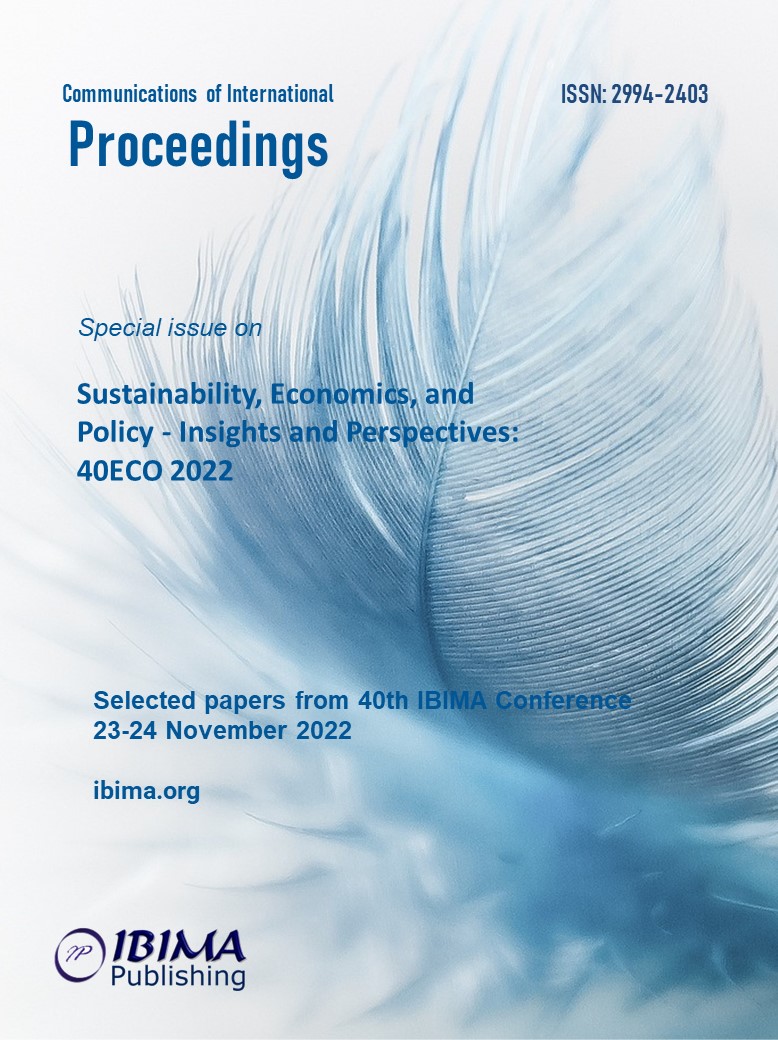
1Livia RAUCA and 2Ghiorghe BATRINCA
1 University Politehnica from Bucharest, Faculty of Transport, Bucharest, Romania
2 Constanta Maritime University, Romania

Shipping is a major polluter, affecting both human health and the environment, which has become an issue of concern for government and institutional bodies because of its increasing activity. Approximately 90% of international trade is transported by ship, and that number is expected to rise. A number of studies show that coastal regions close to busy harbors suffer the most from air pollution. Changing to a low-emissions climate is urgently needed to protect health and the environment. The present study analyzes emissions from the vessels while utilizing onboard power supply, along with GHG emissions from cold ironing in Constanta Port, Romania. Although the technology is not new, cold ironing is still in its early stages of availability worldwide. The study covered the year 2021 for the container terminal CSCT, where 88 vessels berthed, making 443 calls, and spending a total of 9162.1 hours in port. In two different scenarios, emissions were calculated during loading/unloading operations on vessels, as well as during maneuvers. The calculation of the emissions using the onshore power supply is based on the emission factors of the electricity grid. Results from this study show a significant reduction of main shipping pollutants when using electricity, such as a reduction of CO 2 emissions by 56.32%, NOx by 54.67%, SOx by 49.11%, and PM by 42.30%. This paper demonstrates that Constanta Port can substantially reduce emissions by facilitating the use of onshore power sources.